Passage One
Questions 46 to 50 are based on the following passage.
Educators and business leaders have more in common than it may seem.
Teachers want to prepare students for a successful future. Technology companies,
like AT&T, have a vested interest in developing a workforce with the STEM
skills needed to grow the company and advance the industry. How can they work
together to achieve these goals? Play may the answer.
We’ve assumed that focusing on STEM skills, like robotics or coding, are
important, but the reality is that STEM skills are enhanced and more relevant
when combined with traditional, hands-on creative activities. This combination
is proving to be the best way to prepare today’s children to be the makers and
builders of tomorrow. That is why technology companies are partnering with
educators to bring back good, old fashion play. Some examples include Google’s
new Making & Science initiative, Time Warner Cable’s Earth Day Cardboard
Challenge, and AT&T’s and Imagination Foundation’s Inventors Challenge.
In fact many experts argue that the most important 21st century skills
aren’t related to specific technologies or subject matter, but to creativity;
skills like imagination, problem-finding and problem-solving, teamwork,
optimism, patience and the ability to experiment and take risks. These are
skills acquired when kids tinker. According to Dr. Stuart Brown, founder of
National Institute for Play, “High-tech industries such as NASA’s Jet Propulsion
Laboratory have found that their best overall problem solvers were master
tinkerers in their youth.”
In the United States (as well as in numerous other countries), schools
struggle to teach these skills and may often contradict them. In fact,
researchers often point to the “fourth grade slump,” a time when children are
expected to go from “learning to read” to “reading to learn,” as the time to
observe a child’s creative decline. And we face another challenge; it's the flip
side to the benefits of the digital age — an overreliance on technology and a
shift away from old-fashioned play.
There are cognitive benefits of doing things the way we did as children —
building something, tearing it down, then building it up again. According to
research, nothing activates a child's brain like play. And, if given the
opportunity, children will gravitate toward play that builds STEM skills.
Research shows that given 15 minutes of free play, four- and five-year-olds will
spend a third of this time engaged in spatial, mathematical, and architectural
activities. This type of play — especially with building blocks — helps children
discover and develop key principles in math and geometry.
A recent study in the Journal of Play concluded that “children’s individual
play experiences with Euclidean play objects [e.g. blocks] is at the forefront
of what is important to both STEM education, professional expertise in the
sciences, and applied science fields like architecture and engineering.”
If play and building are critical to 21st century skill development, then
that’s really good news for two reasons: Children are born builders, makers, and
creators, so fostering 21st century skills may be as simple as giving kids room
to play, tinker and try things out, even as they grow older; and the second
piece of good news is that it doesn’t take 21st century technology to foster
21st century skills. This is especially important for under-resourced schools
and communities. Taking whatever materials are handy and tinkering with them is
a simple way to engage those important “maker” skills. And anyone, anywhere, can
do it.
So, how can educators make sure children are getting that critical
hands-on, tinkering that 21st century jobs require? Here are a few ideas:
1. Build with whatever you have, from Popsicle sticks, to cardboard, to
recyclables. Remember, it doesn’t require future tech to get kids future ready.
3D printers are awesome tools, but if your school doesn’t have one, don’t let
that hold you back.
2. Let student interest lead the way. Be careful not to overly script build
activities; children will fill the gap with their own creativity. This should be
a relief to parents and teachers! Sometimes the best thing adults can do is get
out of the way. Look to the Genius Hour movement as inspiration here.
Want to turbo charge your activity? Assign constraints and make it a
challenge: a paper airplane that stays in the air the longest, a house or cards
that supports the weight of a shoe, build a collection of games out of
cardboard, recyclables and imagination and have kids run their own arcade!
To ensure the future success of our students and our workforce, we must
start by understanding that old fashioned play and modern technology can be
intricately connected. Understanding how the most advanced technologies and
machinery work by literally tinkering with them, taking them apart and putting
them back together again.
46.C) They help students acquire the skills needed for their future
success.
47.A) By blending them with traditional, stimulating activities.
48.B) By playing with things to solve problems on their own.
49.C) Encourage them to make things with hands.
50. B) Develop students' creative skills with the resources available.

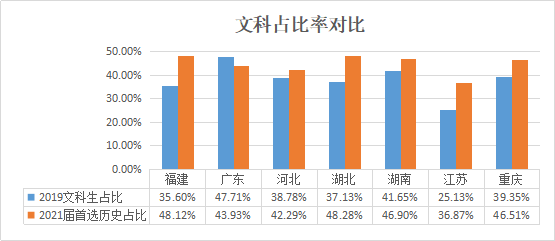










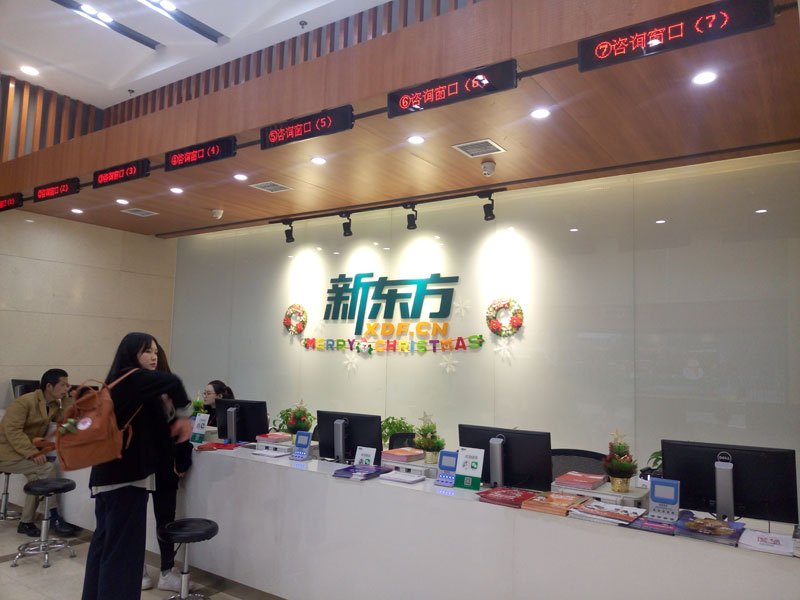
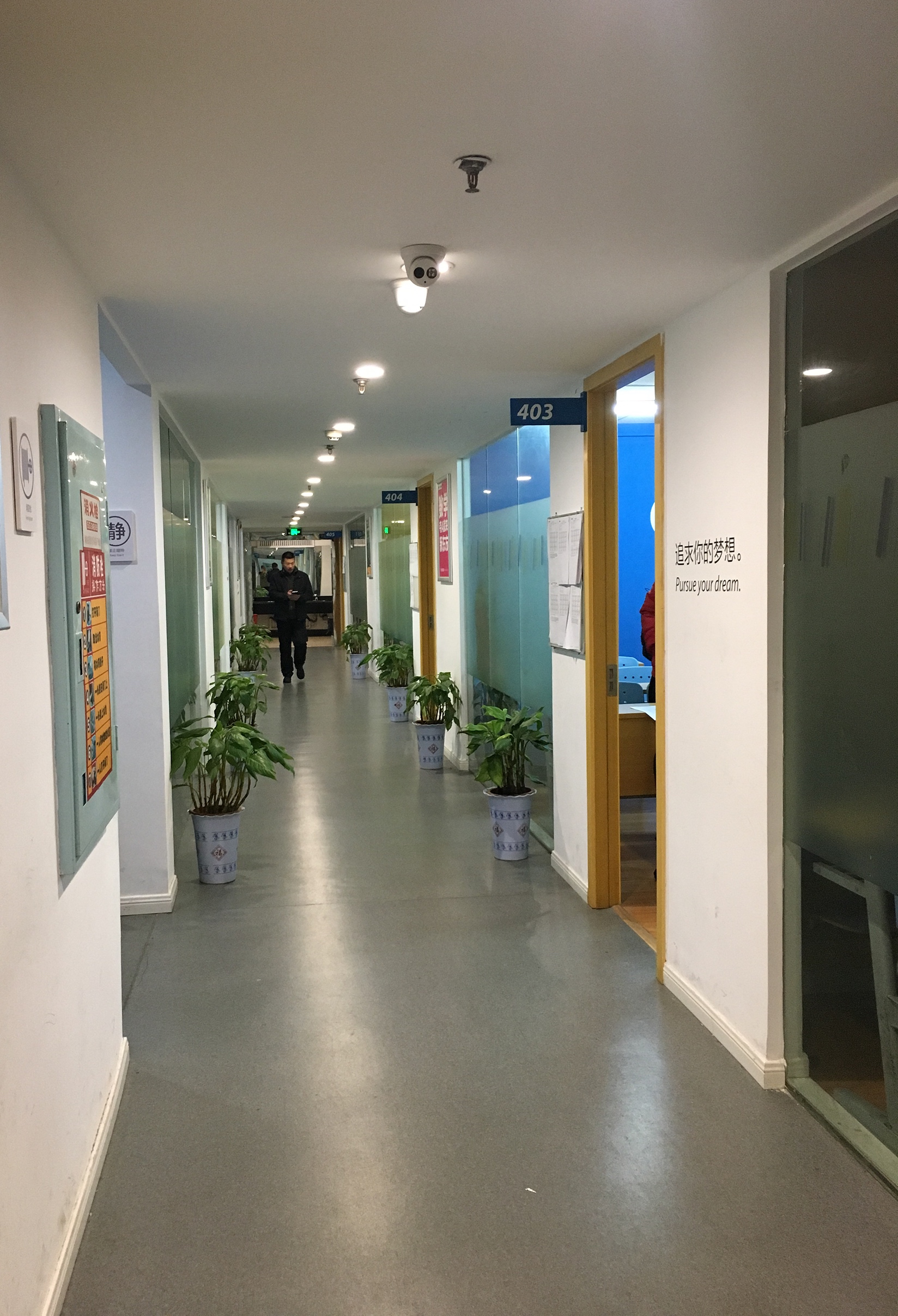
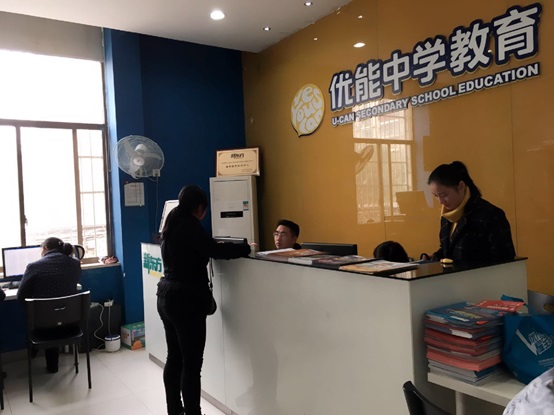

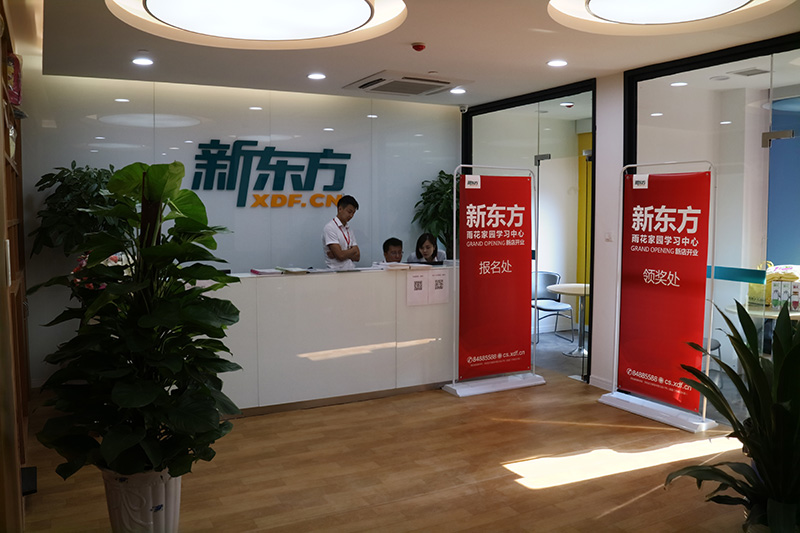




 京公网安备11010802021790号
京公网安备11010802021790号


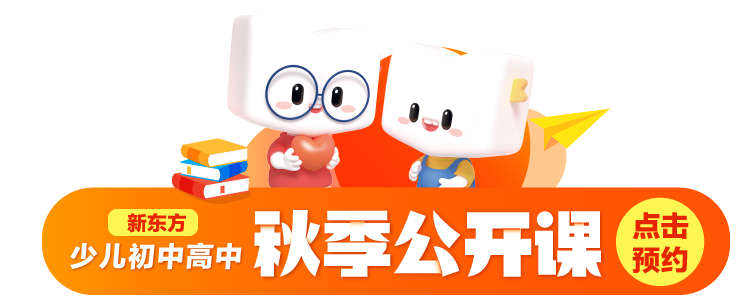
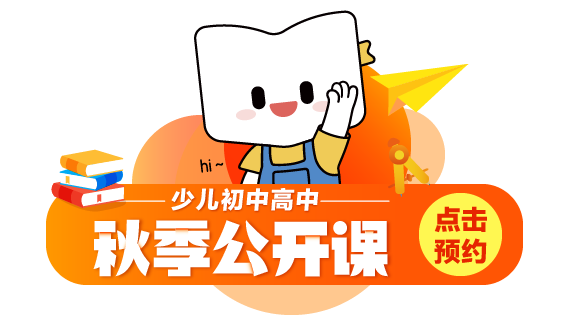





 学习资料
学习资料
